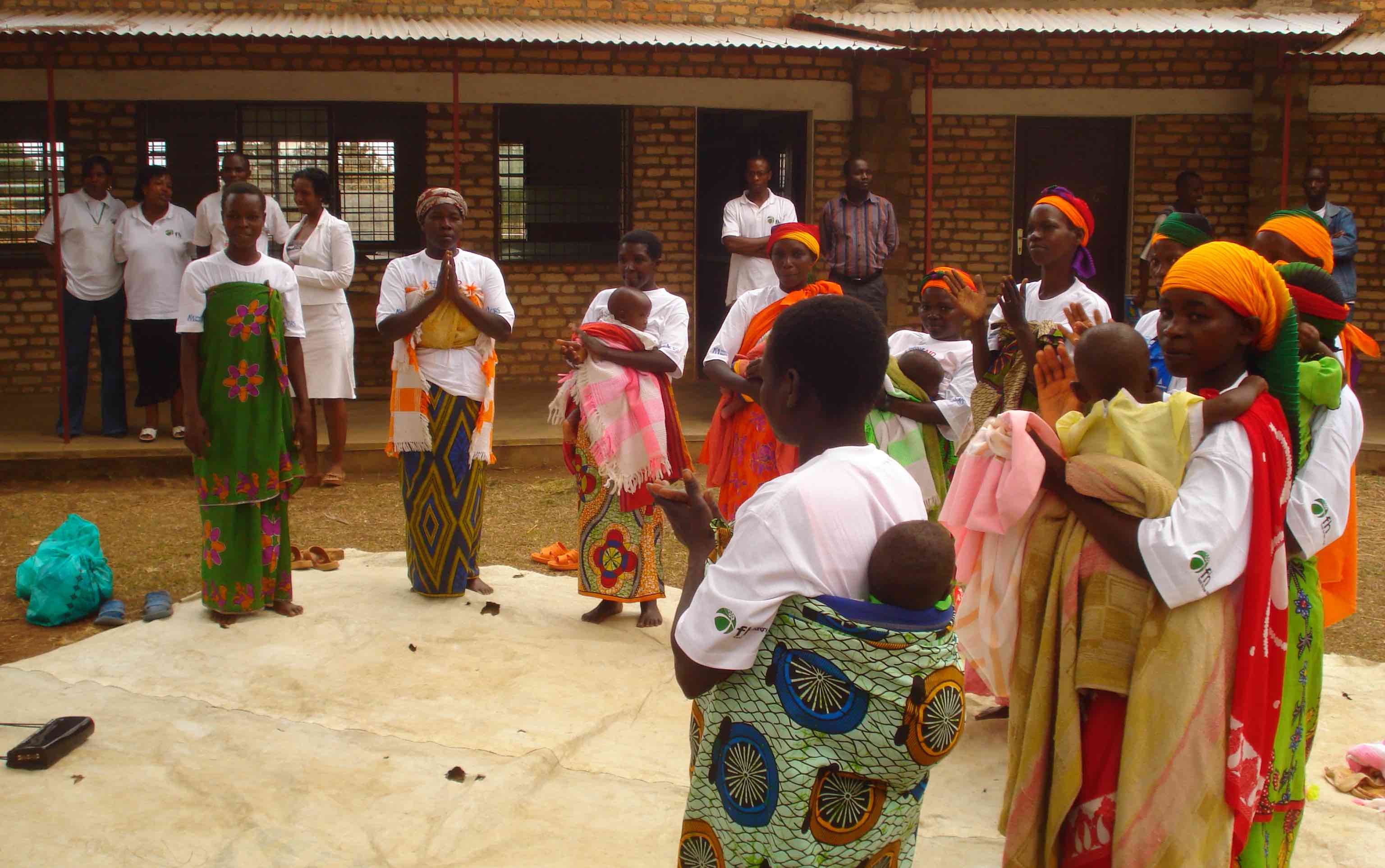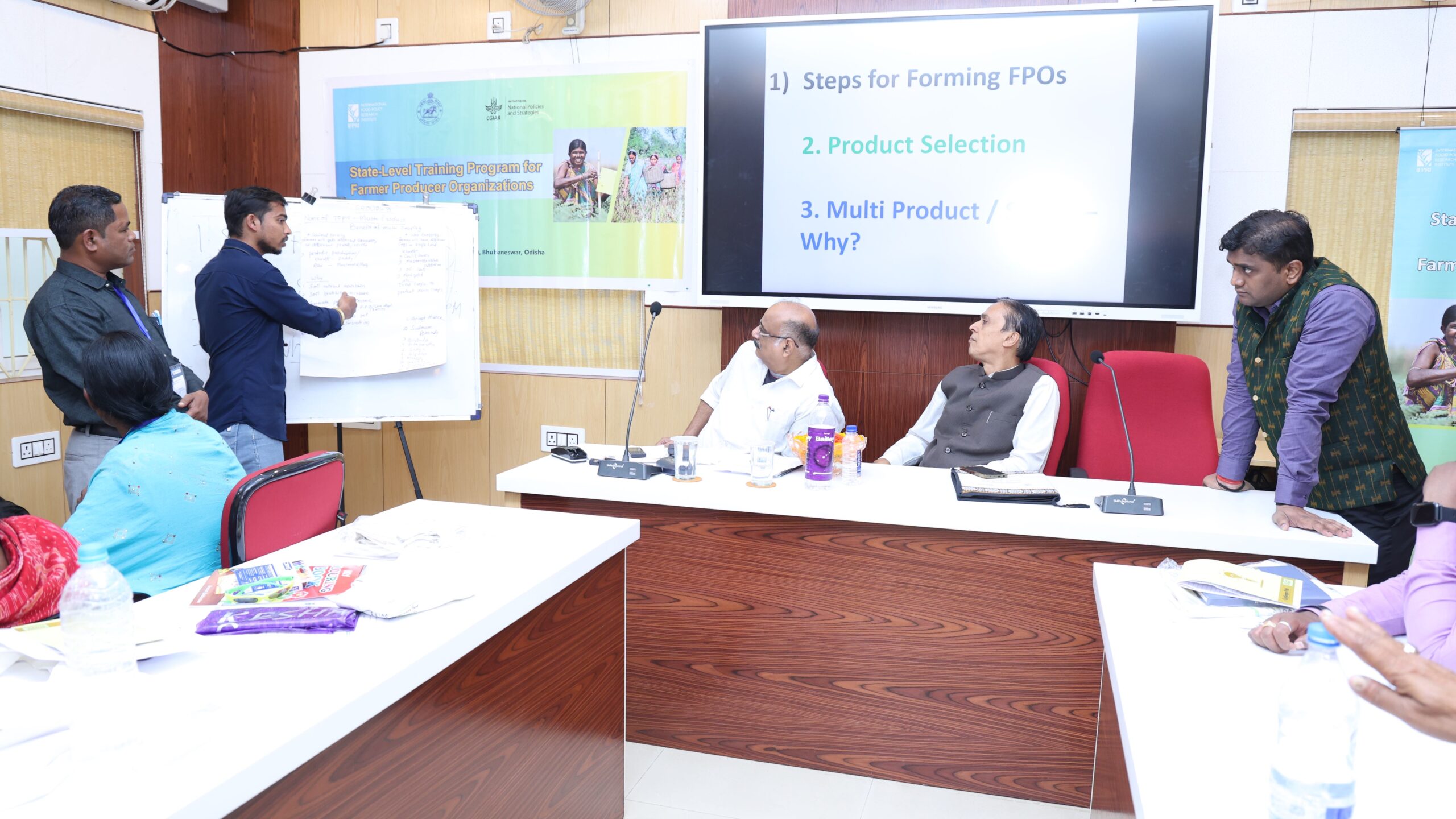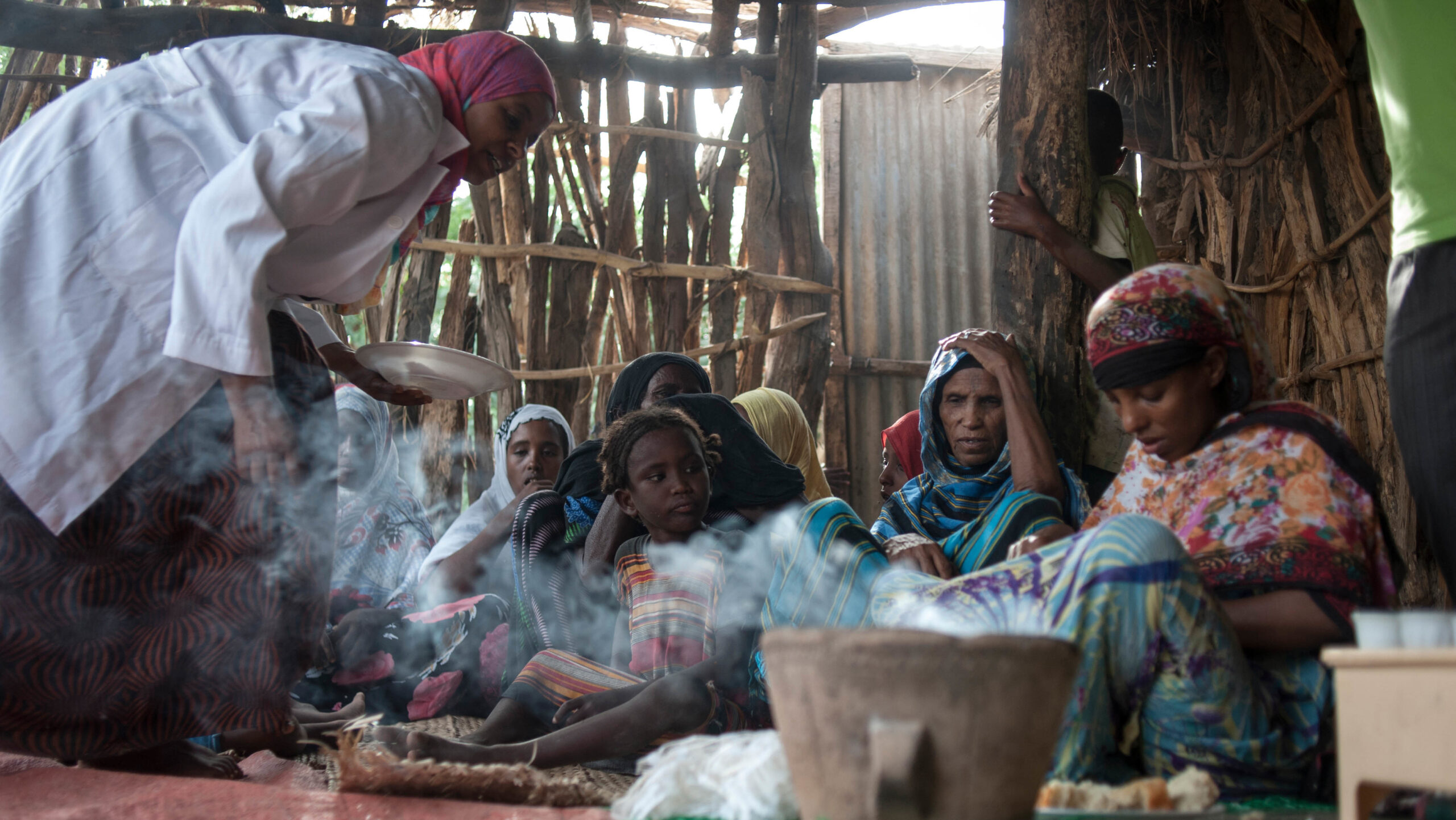Fourth in a series of posts on a research project in Guatemala and Burundi that evaluated how to optimize food assistance programs for the maximum impact. Read the first piece here, second here, third here, fifth here, and sixth here.
Food-assisted maternal and child health and nutrition (FA-MCHN) programs are widely used in low- and middle-income countries to address problems of hunger, food insecurity, and undernutrition. Such programs generally include the distribution of micronutrient-fortified food commodities composed of a household ration, plus an individual ration specifically targeted to mothers and children. In addition, these types of programs commonly provide interventions such as health-service-strengthening activities, promotion of the use of these services, and behavior change communication (BCC) aimed at promoting optimal nutrition, hygiene, and health practices.
Strengthening the evidence base
Evidence on the impact of programs combining a household and individual food ration with BCC and health interventions on diet-related outcomes is lacking. As part of our evaluation of an FA-MCHN program in rural Burundi, commissioned by USAID’s Office of Food for Peace (FFP), we have begun to fill this evidence gap.
The Tubaramure Program
Burundi is one of the world’s poorest countries, with three quarters of its population living below the poverty line and more than half plagued by chronic hunger. To address undernutrition in mothers and young children in eastern Burundi, a Catholic Relief Services–led, FFP-funded consortium of NGOs implemented Tubaramure (“Let’s help them grow” in Kirundi), a large-scale FA-MCHN program, in the provinces of Cankuzo and Ruyigi from 2010 to 2014. Low levels of education, high food insecurity and hunger, and monotonous diets largely composed of roots, tubers, and cereals characterized the areas where the program was implemented. Tubaramure had three core components: The distribution of food rations; a BCC strategy focused on adequate nutrition, health, and hygiene practices; and activities to improve provision and use of health services. Pregnant women and mothers with children in their first 1,000 days (up to a child’s second birthday) were eligible to participate.
The program’s food rations—meant to increase access to and consumption of energy- and micronutrient-rich foods—comprised a monthly household ration of a micronutrient-fortified corn-soy blend (CSB) and a vitamin A-enriched oil, plus an individual ration of CSB and oil for mothers from pregnancy until their child was 6 months old, at which point the individual ration went to the child. Program beneficiaries continued to receive the family and individual rations until their child turned 2.
Previously, we showed that the program had a beneficial impact on the primary study outcomes: Tubaramure had a significant, protective effect on the prevalence of child stunting and anemia in mothers and children. It also had a small positive impact on children’s motor and language development. Here, we look at how the program affected household food consumption, food security, hunger, and dietary diversity, as well as maternal dietary diversity and infant and young child feeding (IYCF) practices.
Tubaramure’s impact on food security, nutrition, and diets
To evaluate Tubaramure’s impacts, we used a cluster-randomized controlled study design with four study arms, three of which received BCC but varied the timing and duration of food rations, while the fourth served as a control and received no rations or BCC. Three repeated cross-sectional surveys were carried out to assess the program’s impacts. The first survey was conducted shortly before the program began and served as a baseline. Two years later, we conducted a survey while the program was ongoing. The final survey took place after the program ended in 2014 to assess postprogram effects on children who were never program beneficiaries.
The results
Tubaramure reduced household food insecurity, led to an increase in household energy consumption of up to 20%, increased the energy from fruit consumption, and had a positive effect on household micronutrient consumption. The program’s effects on improving the diversity of household and maternal food consumption were limited. The program did, however, improve several infant and young child complementary feeding practices—specifically, the share of children who consumed four or more food groups, received the minimum number of recommended meals, were fed a minimally acceptable diet, and consumed iron-rich foods. The effects on many outcomes were attributable to the food rations.
Remarkably, the positive effects continued after the program ended. Tubaramure also had a sustained impact on household food security, maternal dietary diversity, and the share of children consuming a minimally acceptable diet. These lasting effects were likely the product of the BCC component and thus confirm the importance of including effective BCC in food-assisted development programs.
Key lessons
There are three particularly salient takeaways from this study, both about the effects FA-MCHN programs and about how to study them: First, Tubaramure had a large impact on household energy consumption and a more modest effect on improving diet quality. Second, the BCC component appears to have contributed to the program’s impact. And finally, studying the program impact on outcomes that are considered secondary in nature but which are part of the impact pathways for maternal and child biological and developmental outcomes provides important insights that would have been missed by limiting the study only to outcomes like child linear growth retardation and anemia.
Jef Leroy is a Senior Research Fellow with IFPRI’s Poverty, Health, and Nutrition Division (PHND); Deanna Olney is a PHND Senior Research Fellow; Marie Ruel is Director of PHND; Lilia Bliznashka is a PhD candidate in population health sciences at Harvard University, and was an IFPRI Research Analyst when this research was conducted; Tracy Brown is an IFPRI Senior Editor. This blog post is based on a project made possible by support from the United States Agency for International Development, the Food and Nutrition Technical Assistance III Project (FANTA) managed by FHI 360, and the CGIAR Research Program on Agriculture for Nutrition and Health.







